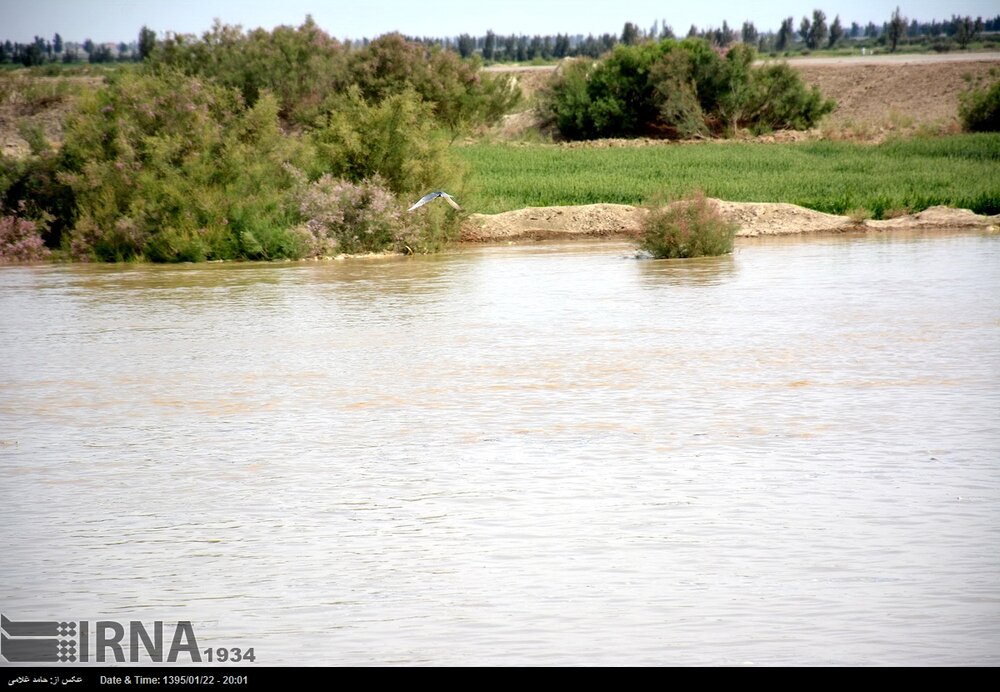After deluge Helmand River springs back to life

TEHRAN — After 18 years of dryness the almost dead Helmand River returned to life following recent torrential rainfalls, YJC reported on Saturday.
Helmand River which starts in the Hindu Kush Mountains in Afghanistan feed the Hamouns in Iran and Afghanistan. The Hamouns are transboundary wetlands on the Iran-Afghan border made up of three lakes: Hamoun-e Helmand, which is entirely in Iran, Hamoun-e Sabari on the border, and Hamoun-e Puzak, almost entirely inside Afghanistan.
Helmand River is the longest river in Afghanistan and the primary watershed for the endorheic Sistan Basin. Sistan Basin is an inland endorheic basin encompassing large parts of southwestern Afghanistan and minor parts of southeastern Iran, one of the driest regions in the world and an area subjected to prolonged droughts.
Dam construction, depriving the river from its water right, coupled with climate change have resulted in the dryness of the river over past years contributing to biodiversity loss, and sand and dust storms.
Based on the latest data published on Monday by National Drought Warning and Monitoring Center affiliated to Iran’s Meteorological Organization since the start of the current water year (September 23, 2018) the whole country received 290.1 millimeters of rain.
The number amounted to 114.1 millimeters in the previous water year and 198.3 millimeters in the long-term, the data indicated. The numbers show a drastic increase of 154.3 percent compared to last water year. It also reveals a 46.3 percent increase compared to long-term means.
The province of Sistan-Baluchestan also received 106.7 millimeters of rain in the same period which indicates 382.4 percent rise compared to last water year and a 6.4 percent increase compared to the long-term averages.
MQ/MG
